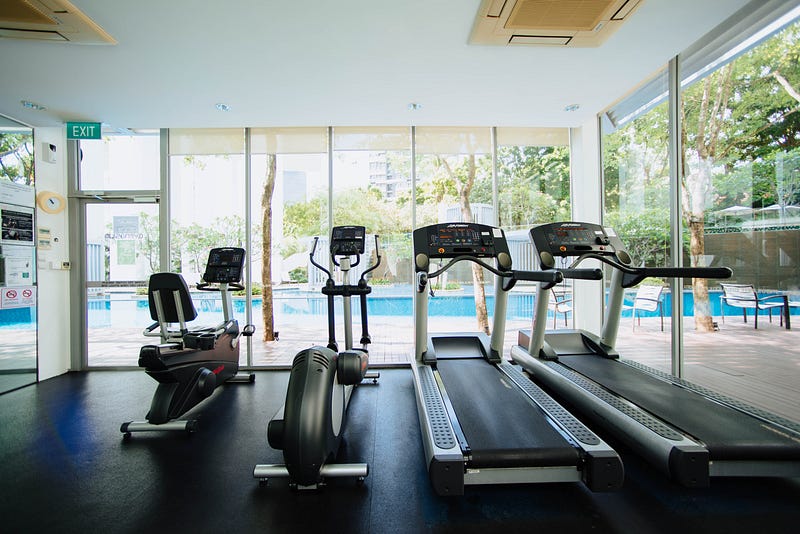Understanding the Truth Behind the 1% Incline Rule for Runners
Written on
Chapter 1: The Treadmill Debate
The pressing question many runners face is whether running on a flat treadmill is detrimental to their health. Concerns about potential knee damage and long-term effects are widespread. However, as an experienced personal trainer and kinesiologist, I assure you that treadmills are not harmful. They are simply tools in your fitness arsenal. As long as you utilize a diverse range of training methods, you can enjoy a successful, injury-free running journey.
Common Misconceptions About Treadmills
Running on a flat treadmill isn't inherently bad. For those with a history of knee issues, alternative surfaces like tracks or trails might be preferable. Yet for most runners, there's nothing wrong with running without an incline. The belief that a flat treadmill will ruin your joints has persisted for too long. If you run within your physical limits and maintain proper form, you should remain injury-free. In fact, poor running technique is a more significant factor in joint pain than the surface itself, but that’s a topic for another discussion.
Key Takeaway 1 — Running on a flat treadmill in moderation is safe, but improper form can lead to injuries.
Exploring the 1% Incline Rule
So, why should you consider running with a slight incline? Research by Jones & Doust indicates that a 1% incline replicates the energy expenditure of running outdoors more accurately. A small incline helps counterbalance the absence of air resistance and the dynamic conditions of outdoor running. Additionally, it may provide a more comfortable experience for individuals with previous joint pain.
This minor adjustment can enhance the perceived intensity of your workouts over time. However, it's important to remember that the optimal incline varies for each person based on their anatomy and training objectives. Generally, an incline between 1% and 3% is a safe choice.
Key Takeaway 2 — Given the energy benefits of running with an incline, it’s worth considering.
Chapter 2: Emphasizing Variety in Running
Let’s take a moment to step back. What truly matters more than your incline percentage is your overall approach to running. A vital piece of advice I received is to prioritize variety in your training regimen. This is crucial for three main reasons:
- Variety keeps your workouts engaging and enjoyable.
- It helps prevent overuse injuries by not confining you to one type of surface.
- It develops you into a more adaptable runner.
I’ve found that balancing time between road running and trail running works well for me. Occasionally, I’ll incorporate treadmill sessions for a change of pace or when the weather isn’t favorable. It's essential to vary your running surfaces regularly. While maintaining good form is critical, incorporating different environments is also a beneficial strategy for promoting long-term health.
Key Takeaway 3 — Your choice of incline is less important than listening to your body. Focus on maintaining variety in your running routine!

In Conclusion
If you take one lesson from this discussion, let it be to avoid overanalyzing your training! Is running exclusively on a flat treadmill likely to cause harm over time? Probably. Is it more beneficial to run at a slight incline? Definitely. However, the bigger picture is paramount. Consider how you allocate your training volume. Are you incorporating enough diversity in your workouts? Is your body coping well with your current mileage and recovery periods?
Avoid accepting every piece of running advice you find online. What suits one runner may not work for another. That’s the beauty of running; each person’s journey to peak performance is unique. While “intuitive running” might be a buzzword, it embodies an essential philosophy. Reflect on your training and heed your body’s signals to run effectively and safely. Regardless of how you approach your running, strive for balance and sustainability, and remember that small amounts of treadmill work can fit into your routine.
Keep in mind, it’s all about the long game!
-David Liira, Kinesiologist
The first video titled "Should You REALLY Run at a 1% Incline?" dives into the effectiveness of treadmill running and the implications of the incline rule.
The second video, "Treadmill Science! What is the Equivalent Grade to Running Outside?", explores how treadmill settings relate to outdoor running dynamics.